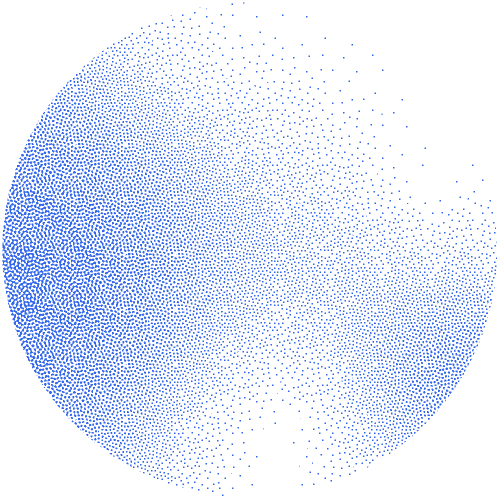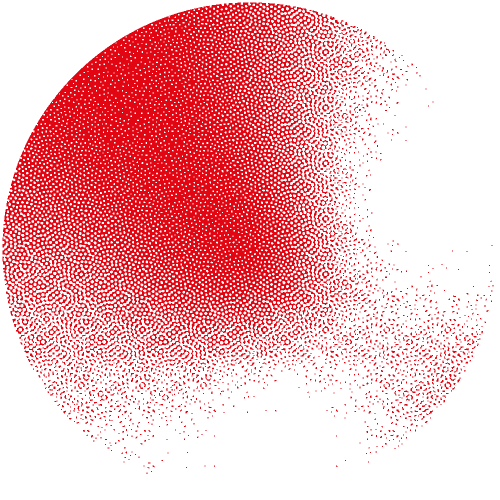ATGCCGGAATTGGCACATAACAAGTACTGCCTCGGTCCTTAAGCTGTATTGCACCATATGACGGATGCCGGAATTGGCACATAACAAGTAC
TGCCTCGGTCCTTAAGCTGTATTGCACCATATGACGGATGCCGGAATTGGCACATAACAACGGTCCTTAAGCTGTATTGCACCATATGACG
GATGCCGGAATTGGCACATAACAAGTACTGCCTCGGTCCTTAAGCTGTATTTCGGTCCTTAAGCTGTATTCCTTAACAACGGTCCTTAAGG
ATGCCGGAATTGGCACATAACAAGTACTGCCTCGGTCCTTAAGCTGTATTGCACCATATGACGGATGCCGGAATTGGCACATAACAAGTAC
TGCCTCGGTCCTTAAGCTGTATTGCACCATATGACGGATGCCGGAATTGGCACATAACAACGGTCCTTAAGCTGTATTGCACCATATGACG
GATGCCGGAATTGGCACATAACAAGTACTGCCTCGGTCCTTAAGCTGTATTTCGGTCCTTAAGCTGTATTCCTTAACAACGGTCCTTAAGG


Missing Data and Imputation Methods



09 May 2025

09 May 2025




For-profit: 500 CHF

Overview
Missing data is a common issue in biological research, and simply ignoring data records with missing values can have undesirable consequences, such as loss of statistical power due to decreased data size or introduction of bias.
Various statistical methods have been developed to handle or impute missing data; some of these are simple but have serious limitations and can cause new problems, while others aim to be more robust to known pitfalls but are more complex and harder to apply. Selecting an appropriate imputation method for a given analysis and evaluating the results is a challenging task in and of itself.
In this course, we will introduce the concept of missing data, explain the difference between data missing at random (MAR) and data missing not at random (MNAR), and cover several widely-used methods for dealing with missing data. We will use R to apply some of these methods to real data sets, with a focus on data originating from omics technologies.
Audience
This course is addressed to biologists and bioinformaticians working with data that have missing values.
Learning outcomes
At the end of the course, the participants are expected to:
- describe the difference between data missing at random (MAR) and missing not at random (MCAR)
- understand the limitations of simple methods for handling missing data
- choose between different imputation methods, especially in the context of omics data
- apply some of these methods to actual data using R Prerequisites
Prerequisites
Knowledge / competencies
This course is designed for intermediate-level users and the requirement are the following:
- You should meet the learning outcomes of First Steps with R in Life Sciences or Introduction to Statistics with R. In case of doubt, evaluate your R skills with this quiz before registering.
- A Wi-Fi enabled laptop with latest R and RStudio versions installed. There will be access to the eduroam and guest network.
Technical
- A Wi-Fi enabled laptop with latest R and RStudio versions installed. Wifi: there will be access to the Eduroam and guest network.
Schedule - CET time zone
To be announced
Application
The registration fees for academics are 100 CHF and 500 CHF for for-profit companies.
You will be informed by email of your registration confirmation. Upon reception of the confirmation email, participants will be asked to confirm attendance by paying the fees within 5 days.
Applications close at latest on 9 May 2025. Deadline for free-of-charge cancellation is set to 9 May 2025. Cancellation after this date will not be reimbursed. Please note that participation in SIB courses is subject to our general conditions.
Venue and Time
This online course will take place at the University of Lausanne.
It will start at 9:00 and end around 17:00.
Precise information will be provided to the participants in due time.
Additional information
Coordination: Grégoire Rossier
We will recommend 0.25 ECTS credits for this course (given a passed exam at the end of the course).
You are welcome to register to the SIB courses mailing list to be informed of all future courses and workshops, as well as all important deadlines using the form here.
Please note that participation in SIB courses is subject to our general conditions.
SIB abides by the ELIXIR Code of Conduct. Participants of SIB courses are also required to abide by the same code.
For more information, please contact training@sib.swiss.